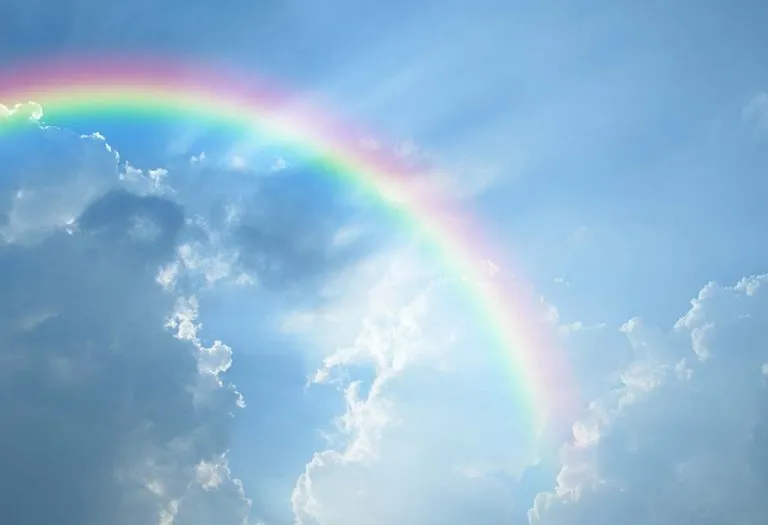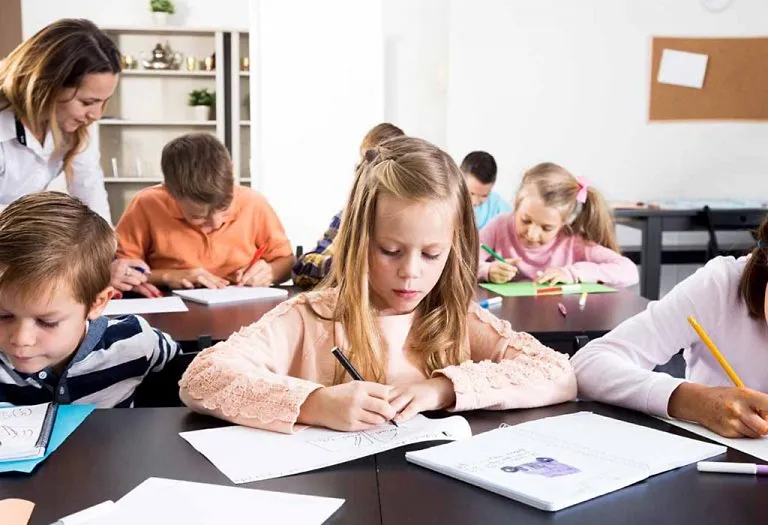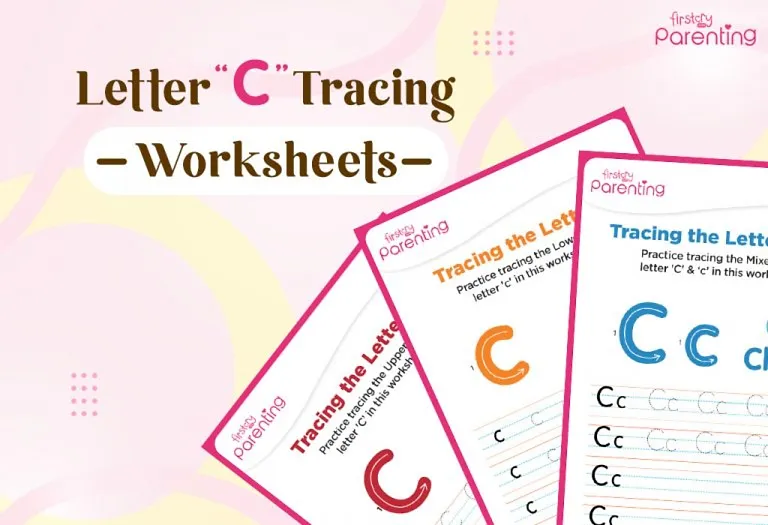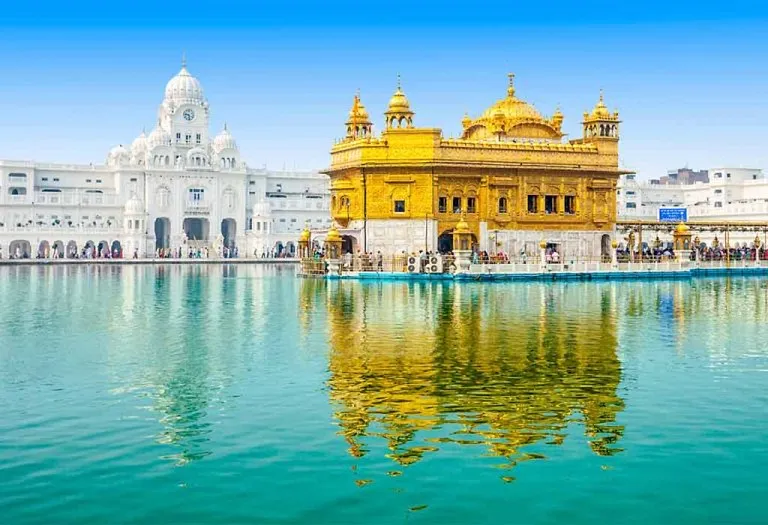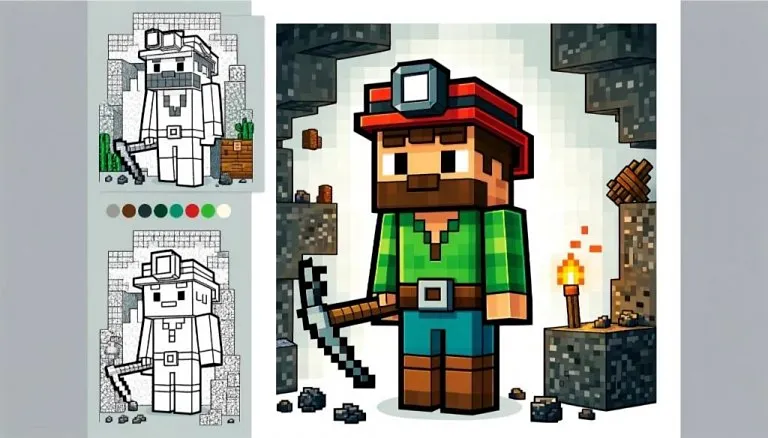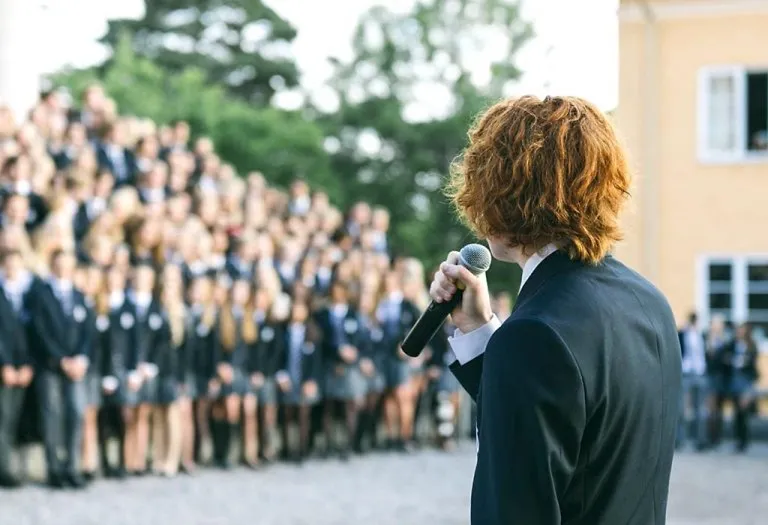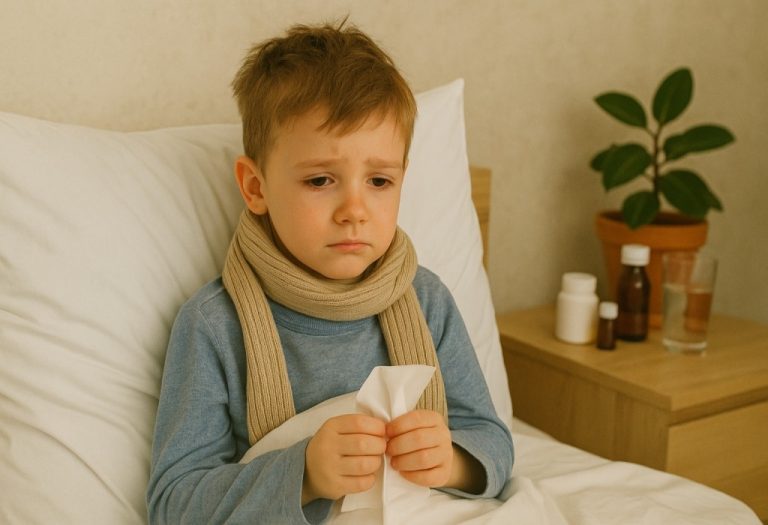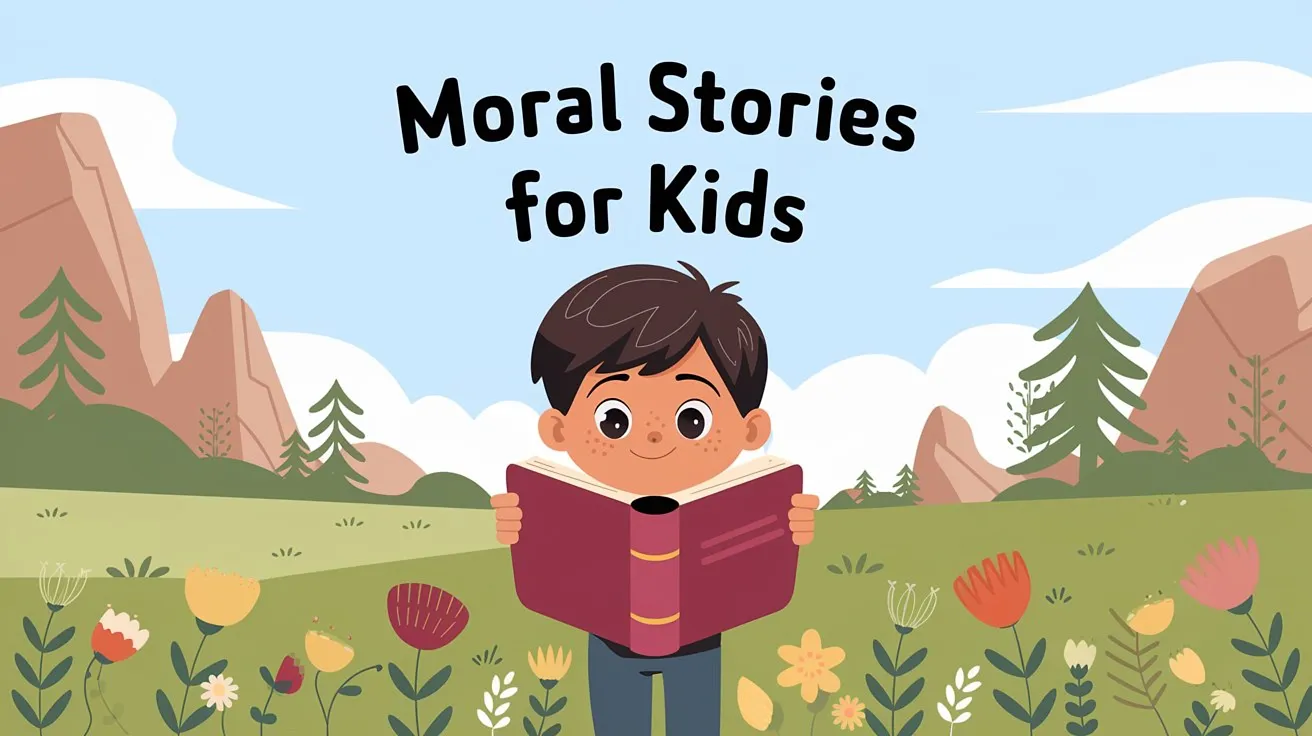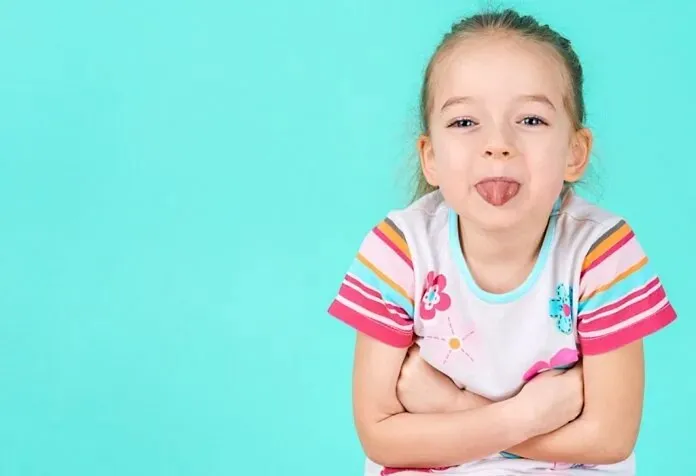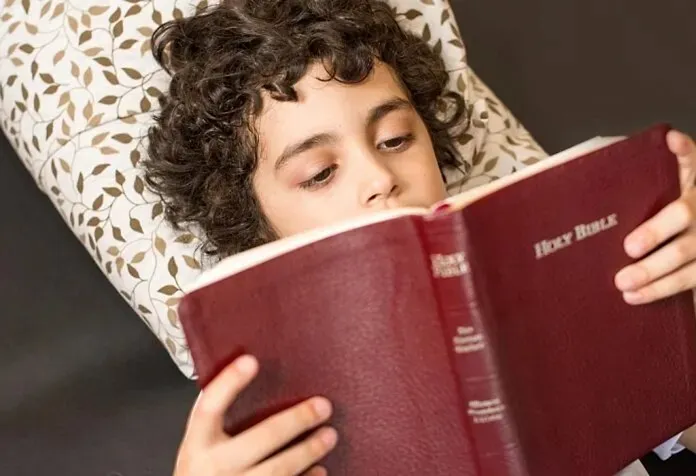20 Fascinating Rainbow Facts and Activities for Kids
- What Is a Rainbow?
- Where Can Rainbows Be Seen?
- How Are Rainbows Formed?
- What Is a Full Rainbow?
- How Long Can a Rainbow Be Visible?
- Are Rainbows Considered a Sign of Good Luck?
- Other Interesting Facts About Rainbows for Kids
- Fun Rainbow Activities for Kids
- FAQs
Rainbows are one of the most beautiful and magical things we can spot in nature. As children, it was something that would fascinate us to no end to look at the pretty colors. There are many stories about the rainbow, but science has been able to break it down for us, making it easy to understand what exactly a rainbow is. If you want to teach your kids all about the rainbow, you should read through this article. We will share some amazing rainbow facts for kids that will spark their curiosity and help them appreciate the science behind this natural phenomenon. From the formation of rainbows to the meaning behind their vibrant colors, there’s so much to learn.
What Is a Rainbow?
A rainbow is a special phenomenon that occurs in nature when it is rainy on one side, but sunny on the other. It consists of an arc that forms in the sky of seven colours, namely Violet, Indigo, Blue, Green, Yellow, Orange and Red, also called VIBGYOR for short. When sunlight is dispersed through the raindrops, the rainbow appears.
Where Can Rainbows Be Seen?
Rainbows can be seen in various places around the world under the right conditions. Typically, they appear when sunlight passes through rain droplets, resulting in a spectrum of light being reflected and refracted. You can often spot rainbows after a rain shower when the sun is shining, usually with the sun behind you and the rain in front of you. They can also be seen near waterfalls, fountains, or any location where water droplets are suspended in the air and sunlight can penetrate them.
How Are Rainbows Formed?
An easy explanation of the rainbow formation for kids is that the light that we see each day is sunlight, a white light that comes to us from the sun. White light is made up of the different colours that we see in the rainbow, but when the light is all travelling in one direction, it looks white.
During the rains, however, millions of raindrops cause the colours in the white light to separate and refract through them. Each raindrop actually makes its own rainbow, but when there are so many raindrops at the same time, the rainbows become big enough for us to see with the naked eye.
What Is a Full Rainbow?
A full rainbow is a complete circle of colors that can be seen when the right conditions are met. Typically, we only see a semi-circle or arch of a rainbow from the ground due to the horizon blocking the bottom half. However, from a higher vantage point, such as an airplane, it’s possible to see the entire circle of a rainbow. This phenomenon occurs because rainbows are actually circles, and the full circle can be observed when there are no obstructions.
How Long Can a Rainbow Be Visible?
The duration a rainbow can be visible depends on the stability of the conditions that create it. Typically, rainbows appear for a few minutes as the weather changes and the position of the sun shifts. However, if the conditions remain stable—such as consistent sunlight and a steady source of water droplets—a rainbow can last much longer. Here’s a fun fact about rainbows! There have been instances where rainbows have been visible for several hours.
Are Rainbows Considered a Sign of Good Luck?
Yes, rainbows are often considered a sign of good luck in various cultures around the world. Many people associate rainbows with positive omens, and they are frequently linked to myths and legends that symbolize hope, promise, and new beginnings. The idea of a pot of gold at the end of a rainbow is a well-known example of this positive symbolism. Seeing a rainbow can bring feelings of joy and wonder, reinforcing the belief that they are a sign of good fortune.
Other Interesting Facts About Rainbows for Kids
If you’re looking for rainbow facts for kindergarten, you’re in the right place! Here are some interesting facts about rainbows for kids:
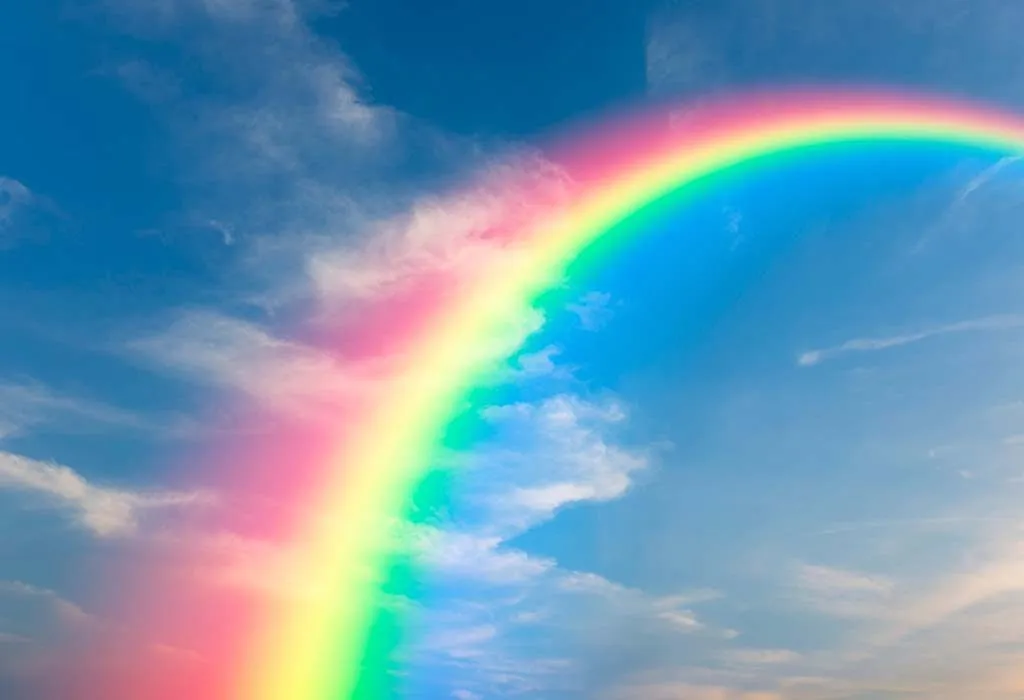
- The angle that light should be refracted at for us to be able to see a rainbow with the naked eye is 42 degrees.
- Both the sun and rain need to be present for a rainbow to form.
- Sir Isaac Newton was the one who discovered that there were seven different colours in the rainbow.
- This colourful natural phenomenon is only observed when it rains; moreover, it is shaped like an arc, similar to an archer’s bow. This is the reason we call it a ‘rainbow’.
- There are times when one raindrop reflects sunlight twice. In these cases, a secondary rainbow is formed. These rainbows are an inverted version of the primary or original rainbow, and violet is the outermost colour to be seen, rather than the usual red.
- There is a type of rainbow that can even be formed at night. This is called a ‘moonbow’, and it is a very rare sighting. This is because moonlight is not as bright as sunlight, so despite it reflecting light in the same way, it is often not enough to cause the different colours to become visible to us. Another reason is also that it is too dark to notice the moonbow.
- From the ground, a rainbow often looks like an arc or a semi-circle at the most; but when seen from a great height, the rainbow has been discovered to be circular in shape.
- You can never reach the end of a rainbow as it moves along with you.
- In some cultures, rainbows are believed to be bridges between the earthly realm and the divine.
- Rainbows can also form in mist, spray, fog, and dew when conditions are right.
- The word “rainbow” comes from the Old English word “regnboga,” which means “rain bow.”
- There are also supernumerary rainbows, which are faint, closely spaced rainbows inside the main rainbow, caused by interference of light waves.
- Rainbows are often depicted in art and literature as symbols of peace, hope, and connection.
- Some animals can see rainbows differently than humans. For instance, bees and many other insects can see ultraviolet light, which is invisible to the human eye. This means that to them, rainbows might appear even more colorful and complex, with additional bands of color beyond what we can perceive.
Fun Rainbow Activities for Kids
Here are some fun activities and games that you can involve your kids in:
1. Coffee Filter Rainbow Craft
If you have young children and are spending the day indoors, this is a great activity for you.
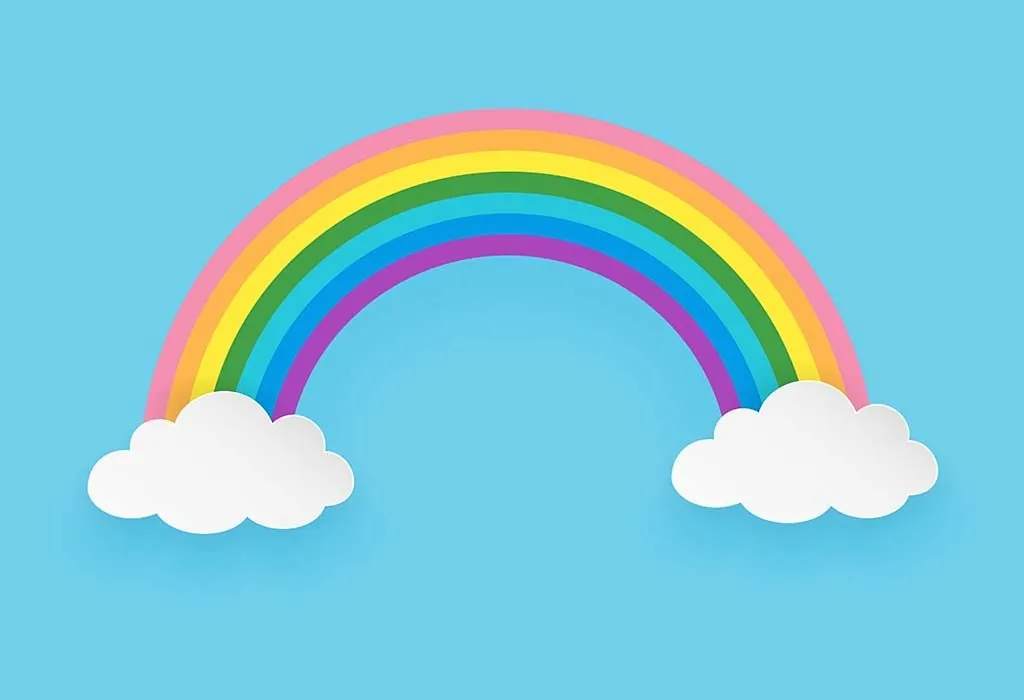
What You Need
- Coffee filter paper – 1
- Chart paper
- Scissors
- Glue stick
- Cotton balls
- Crayons
How to Do:
- Cut out the bottom quarter of the coffee filter paper so that it is level.
- Starting from the centre, cut out a small semi-circle. The aim is to shape the coffee filter paper like a rainbow.
- Stick the rainbow shaped coffee filter onto the blue chart paper.
- Teach your kids all about the colours of the rainbow by showing them what colour to use and where.
- Once they are done colouring their rainbows, stick cotton balls onto the bottom of the rainbow.
- Draw a few simple clouds with white crayon or pencil in the background.
2. Rainbow Tag
Of all the rainbow games for kids, this is a fun game to play if you have a large group.
What You Need
- A large play area
How to Do:
- Pick a child to be the ‘Rainbow Catcher’.
- Assign a colour to each of the ‘Rainbow Kids’.
- The Rainbow Kids line up on one side of the play area, and the Rainbow Catcher stands in the middle of it.
- The Rainbow Catcher will then yell out a colour, and whichever of the Rainbow Kids has been assigned that colour has to run to the other side of the play area, passing the Rainbow Catcher to get there.
- The Rainbow Catcher must try and tag as many Rainbow Kids as he can.
- Once tagged, the Rainbow Kids become Rainbow Catchers and must help the main Rainbow Catcher tag the rest of the Rainbow Kids.
- The last Rainbow Kid standing will get to be the Rainbow Catcher in the next round.
3. Rainbow Coloured Crayons Hunt
This is a fun game you can play with your kids to teach them the meaning of teamwork as well as to teach the correct colours of the rainbow and their positions.
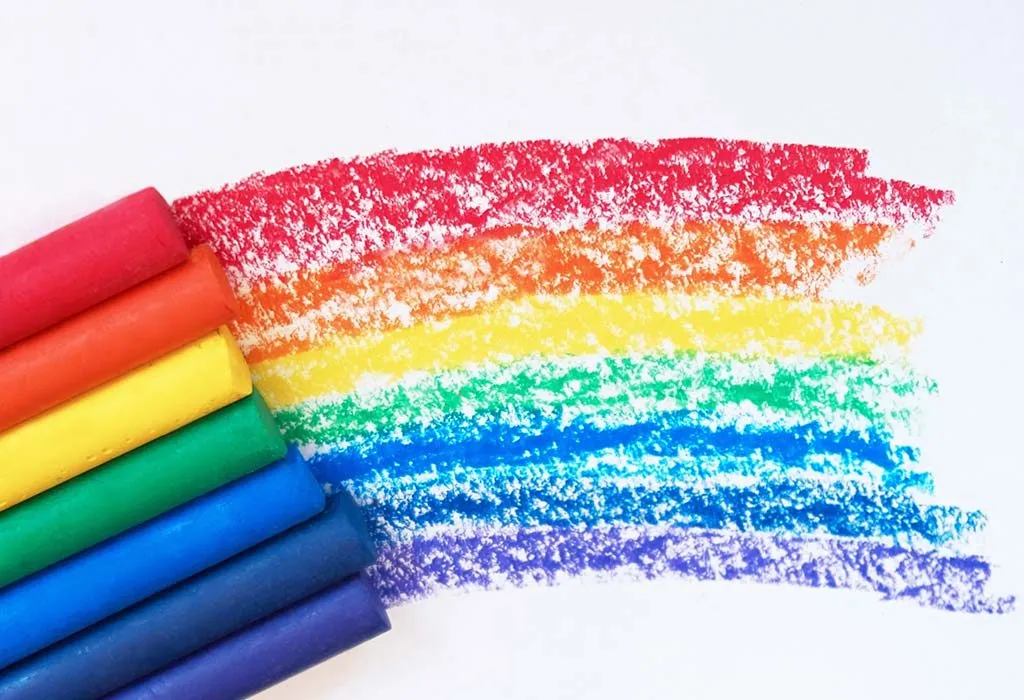
What You Need:
- Crayons
- A big outline of a rainbow to be coloured in by the kids
How to Do:
- Hide the crayons and ask your kids to find the crayons which are the colours of the rainbow.
- Once the correct colours have been assembled, the children will need to colour in the outline of the rainbow with them, but in the correct places, so be sure to be there with clues and guidance.
4. DIY Rainbow
Here is how to make a rainbow for kids.
What You Need:
- Glass pan
- Torch
- Small mirror
- Water
How to Do:
- Fill water in the glass pan and then place the mirror inside.
- Lean it against the side of the pan.
- See that the room is completely dark before you shine the torchlight onto the mirror.
- You might have to make some adjustments to find the angle that the light reflects off the mirror, but you should be able to produce a rainbow either on the wall or the ceiling.
- Let the kids take turns at making the rainbow.
FAQs
1. Can rainbows form in locations other than Earth?
Yes, rainbows can potentially form on other planets and moons where conditions allow. For example, rainbows could form on Titan, one of Saturn’s moons, where there is a thick atmosphere and methane rain. The basic requirement for a rainbow—a source of light and a medium like liquid droplets to refract it—can exist in different forms on other celestial bodies.
2. What is a twinned rainbow?
A twinned rainbow is a rare phenomenon where two rainbows appear to split from a single base and form two distinct arcs. Unlike double rainbows, which are concentric and have reversed color orders, twinned rainbows share the same color sequence and are created when raindrops of different sizes coexist in the same area, causing the light to refract in slightly different ways.
3. Can there be rainbows in volcanic eruptions?
Yes, rainbows can form in the mist and ash clouds of volcanic eruptions under the right conditions. When sunlight interacts with the fine particles and droplets in the volcanic plume, it can create stunning rainbows amidst the dramatic backdrop of an eruption. These volcanic rainbows are rare and offer a unique natural spectacle.
This was some fun information about rainbow for kids. Rainbows will always be looked at with awe, wonder and excitement, so teaching your child everything there is to know about it is a great way of expanding their general knowledge.
Also Read:
Sun Facts for Kids
Fun Science Facts for Kids
Facts about Moon for Children
Amazing Facts About Space for Children
Interesting Facts About Earth for Kids
Was This Article Helpful?
Parenting is a huge responsibility, for you as a caregiver, but also for us as a parenting content platform. We understand that and take our responsibility of creating credible content seriously. FirstCry Parenting articles are written and published only after extensive research using factually sound references to deliver quality content that is accurate, validated by experts, and completely reliable. To understand how we go about creating content that is credible, read our editorial policy here.






